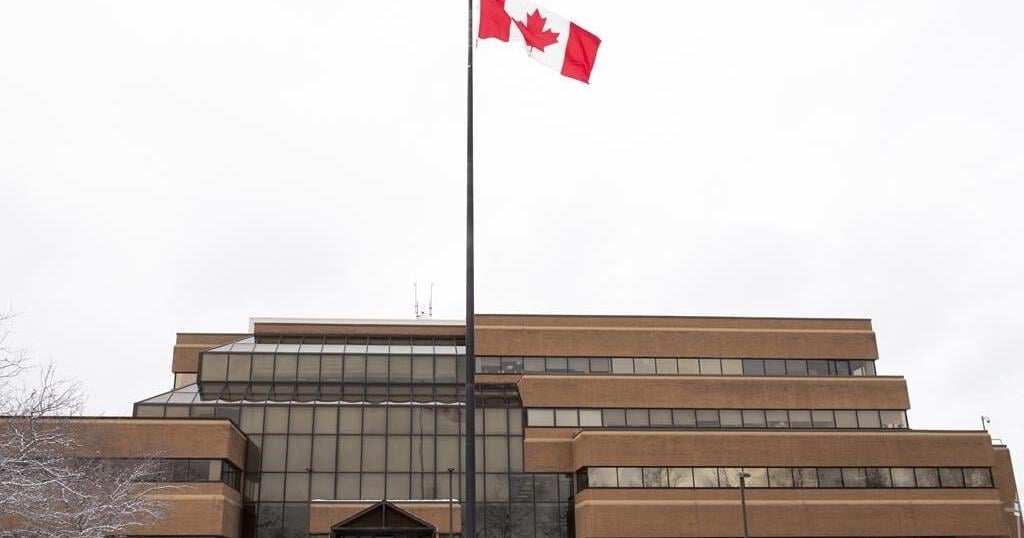FREDERICTON – Interactions between Indigenous people and law enforcement “too frequently” end in violence or death, say the six chiefs of the Wolastoqey Nation in New Brunswick in reaction to the recent killing of a Mi’kmaq man by a Mountie conducting a wellness check.
In a statement issued Wednesday, the chiefs said they were also joining Mi’kmaq chiefs in calling for an inquiry into systemic racism within the province’s justice system.
The death of Steve “Iggy” Dedam is the result of systemic racism, Chief Ross Perley of the Tobique First Nation, which is part of the Wolastoqey Nation, said in an interview Wednesday. Perley noted that two Indigenous people were killed by New Brunswick police in 2020 — 48-year-old Rodney Levi and 26-year-old Chantel Moore.
“It’s unacceptable for police to be taking that kind of force, especially when they’re called for a wellness check,” he said, referring to visits officers often make to ensure the well-being of someone.
RCMP have confirmed that two officers were dispatched on Sunday to the Elsipogtog First Nation in eastern New Brunswick where they confronted an armed man in mental distress in his home. After failing to subdue him with a stun gun, one of the officers shot and killed the man. New Brunswick’s Liberal leader, the Wolastoqey Nation chiefs and others have identified the victim as Dedam, but calls to the Elsipogtog First Nation have not been returned.
“I think these officers need to be prosecuted and not left off the hook,” Perley said.
“The chiefs feel that it’s a systemic racism problem that needs to be addressed by both levels of government …. I’ve been in leadership 18 years now, and I don’t recall an officer ever being killed by an Indigenous person in the province in New Brunswick,” Perley said. He and the other chiefs are calling on Premier Blaine Higgs to launch an inquiry into systemic racism in New Brunswick but they haven’t heard from him.
“(Higgs) doesn’t have the same views as we do, obviously, because he’s isn’t Indigenous and he doesn’t take our position seriously,” Perley said. “So I’m not sure what else we can do but keep calling on the provincial government to do an inquiry.”
The chiefs are also calling for an inquiry into Dedam’s shooting — and for Indigenous representation on the independent police oversight agency known as the Serious Incident Response Team, which is investigating Dedam’s death.
“That’s the only way we can keep it accountable and accept the result of the investigations,” Perley said, adding that the chiefs are also looking for more transparency in the oversight agency, which they say must include providing First Nations with regular updates, community meetings and action focused on healing.
On Tuesday, Higgs’s office said it would not comment on Dedam’s killing. His office was not immediately available for comment on Wednesday about the calls by the Wolastoqey Nation for inquiries.
The chiefs of New Brunswick have been clear, Perley said, that they would like to have their own peacekeeping force to address wellness checks in their communities. “But both the provincial and federal government won’t dedicate any funding to that.”
Perley said he sends his condolences to the Dedam family.
“I hope that something will change in the near future, so tragedies like this don’t ever happen again in our communities.”
This report by The Canadian Press was first published Sept. 11, 2024.
